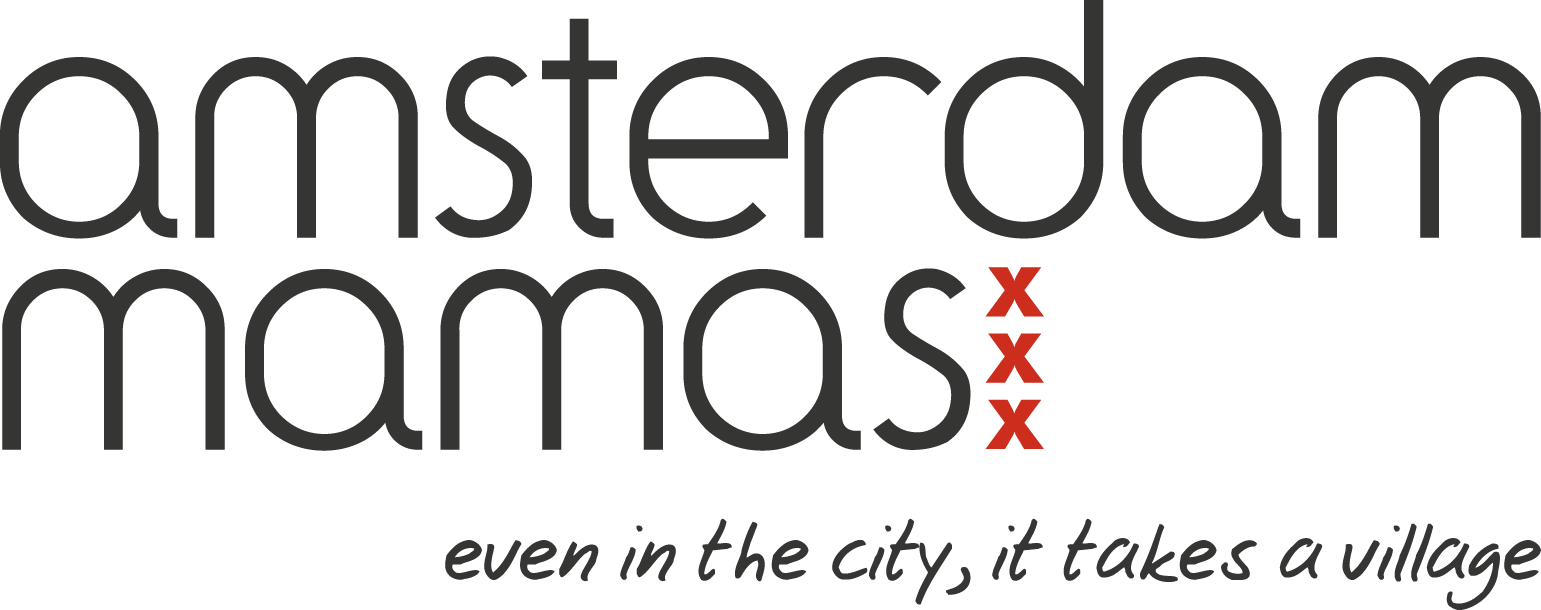Are you thinking about setting up your own freelance business in the Netherlands? Don’t know where to start? We’ve got you covered!
As parents, freelancing often feels like the answer to all our woes. The flexible hours mean you might spend more time with your children, feel more relaxed, and best of all, be the boss. While anything in life is hardly that easy, it just might be worth exploring.
The scary place over the edge of your comfort zone is where the magic happens, but before you take that plunge, make sure you’ve asked yourself these questions, among others:
- Have I thought of a name for my company? You might want to check out the KvK guide for choosing one.
- What about work-space? The Amsterdam Mamas’ guide to cafes with workspaces will surely get you in the mood.
- What will I charge for my services?
- Do I have a marketing strategy in mind to attract clients?
- Do I have an organisational strategy in mind to keep abreast of finances?
- Have I registered with the KvK?
Step 1: Registration
The first step is to register online at the Kamer van Koophandel/KvK (Dutch Chamber of Commerce), as a freelancer, commonly known, here, as a ZZP’er (zelfstandige zonder personeel). You have a choice between several legal structures for your business. In most circumstances, freelancers opt for an eenmanzaak (sole proprietorship), but it is wise to evaluate other options as well. Once you’ve made your choice, the website will ask you to fill out some details after which you can make an appointment to finalise the process. You will receive a BTW nummer (VAT number) from the Belastingdienst (Dutch Tax Office) once you completed your registration. Registration costs €50.
Step 2 – Filing Taxes
Quarterly Tax
You will be required to add tax (usually 9% or 21% depending on the service or product you are selling) to your chargeable fee. Ensure your invoices comply with the official requirements.
Exemption from BTW (VAT) is possible in some cases.
Quarterly, you will have to calculate a BTW aangifte (VAT declaration) and transfer the amount to the Belastingdienst. Remember to file the tax return, even if you haven’t earned anything. If you don’t complete this process before the deadline, you will have to pay a fine (cue, ominous music!)
The quarterly tax is easy enough to file on your own, once you get the hang of it. However, taking a few seminars, or consultations with a tax advisor may help keep stress levels down. Your local library may even offer free tax workshops and talks.
Annual Income Tax
The annual income tax need not be as dreadful as you anticipate. Of course, it is much trickier for freelancers. For those who would like to file their taxes themselves, the good news is that the Belastingdienst website is comprehensive, (‘google translate,’ to the rescue). Here is a list of criteria which make you eligible for annual income tax.
Book-keeping software is crucial to your survival when you’re taking on this arduous task. There are many options available; some mamas swear by Moneybird, while Wave seems to be a huge hit with others. Quickbooks is another popular accounting software choice.
To be regarded as a self-employed freelancer you must have a minimum of three clients, and should not be spending more than 70% of your working hours on any one of them.
The Good News
Tax Breaks
There are many ondernemersaftrek (tax breaks) available to entrepreneurs, especially when they start (yay!). Note that to qualify for any of these you must work for a minimum number of hours on your business, in a financial year. These hours can include unpaid work. So, make sure you keep track of your working hours. Most people keep a spreadsheet detailing the time spent on different activities, such as business development, study/research, travel, etc.
Another tax facility available for newbie freelancers is the kleine ondernemersregeling (small-sized entrepreneurs regulation). A freelancer who pays less than €1,883 VAT a year can qualify for this facility.
Claiming Expenses
Business expenses such as work-related travel, marketing, communication, legal, accountancy, equipment costs, and services from a third party can be deducted.
Keep in Mind
Another tax facility available for newbie freelancers is the kleine ondernemersregeling (small-sized entrepreneurs regulation). A freelancer who pays less than €1,883 VAT a year can qualify for this facility.

To be regarded as a self-employed freelancer you must have a minimum of three clients, and should not be spending more than 70% of your working hours on any one of them. Model contracts are available to prove to the tax authorities that your status is not that of an employee. They are not mandatory to use since you and your client can draw one up yourselves and have it verified by the tax authorities.
With freelancing, comes great responsibility, and you should think about insurance and your pension. While you can opt for a national pension scheme, it is advisable to diversify your portfolio, so that you do not rely solely on one source, which can be risky.
There, you’re all caught up, but know that this is just the tip of the iceberg. Be prepared to be confused a lot of the time, but also take comfort in the fact that there is a vast community of business Ma-Pas out there, who’ve been there and can provide you with the support you might need. Don’t be afraid to reach out. You’ve got this!
Rameen Bilal
Rameen Bilal is an Amsterdam Mamas Newsletter Editor and a stay-at-home-mama to a toddler and a 5 year old. When not stuck in an endless loop of entertaining and feeding the kids, she can be found reading, writing and drinking dangerously high amounts of coffee.






